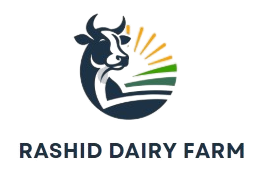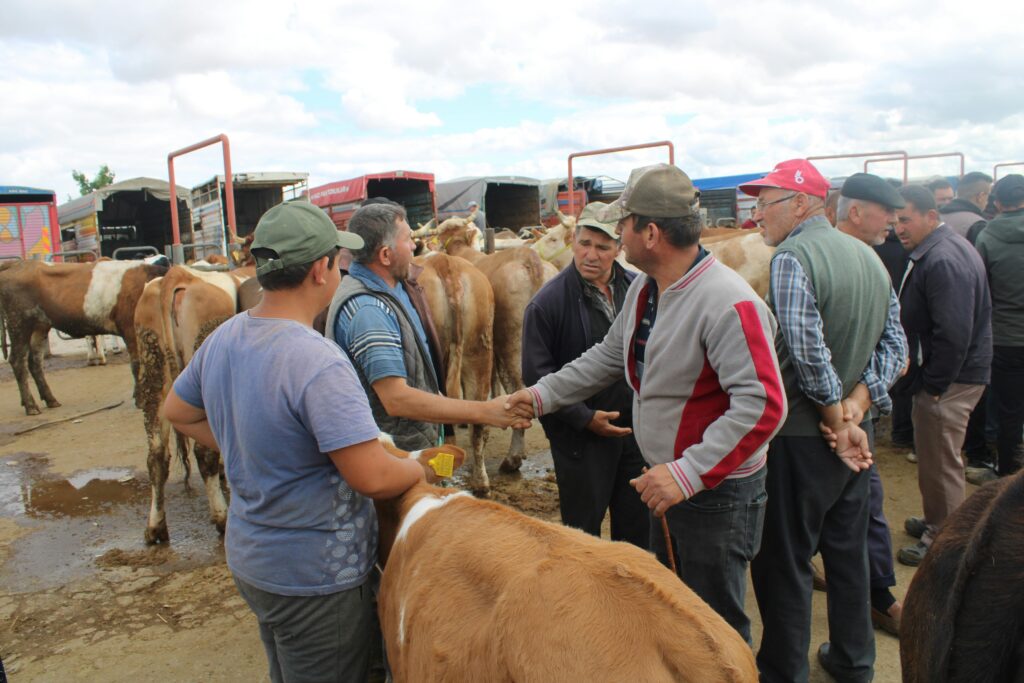How to Buy Cattle in Pakistan: A Step-by-Step Guide
Buying cattle in Pakistan is a significant investment for farmers, dairy businesses, and individuals interested in livestock farming. The process involves careful planning, research, and understanding of the various factors that can affect the success of your investment. Whether you’re new to cattle farming or an experienced farmer looking to expand your herd, this guide will walk you through the steps to make a smart purchase.
Understanding the Types of Cattle Available in Pakistan
The first step in buying cattle is understanding the different cattle types in Pakistan. There are two main types:
- Dairy Cattle: These cattle are primarily used for milk production. Popular breeds in Pakistan include the Sahiwal, Red Sindhi, and Cholistani. Sahiwal is one of Pakistan’s best indigenous dairy breeds, known for its high milk yield and adaptability to hot climates.
- Beef Cattle: These cattle are raised primarily for meat production. Common breeds include Brahman, Tharparkar, and Dajal. These breeds are known for growing quickly and producing high-quality beef.
Before purchasing, decide whether you buy cattle for milk production, meat, or both. This will determine the type of cattle you should focus on.
Setting Your Budget and Determining Your Needs
Cattle prices can vary significantly depending on the breed, age, health, and the purpose of the purchase. Setting a budget for how much you are willing to spend on cattle is essential. The cost can range from a few thousand rupees for younger cattle to hundreds of thousands for mature, high-quality livestock.
- Young cattle (calves or heifers) are generally less expensive than older, fully matured cattle.
- Pregnant or high-yielding dairy cows will typically cost more due to their potential for milk production.
Also, consider additional costs like transportation, feed, veterinary care, and housing.
Researching Reputable Sellers
Once you’ve established your budget and decided on the type of cattle you need, the next step is to find reputable sellers. There are several places in Pakistan where you can buy cattle:
- Local Cattle Markets: Major cities like Lahore, Karachi, and Rawalpindi host large cattle markets where farmers and traders come to buy and sell livestock. These markets can be crowded and overwhelming, so knowing what to look for is crucial.
- Private Sellers and Breeders: If you want high-quality cattle, consider purchasing directly from trusted breeders or farms. Many breeders specialize in specific breeds and can provide valuable information about the cattle’s health, breed standards, and genetic background.
- Online Platforms: With the rise of digital marketplaces, you can also find cattle online. Websites like PakLivestock or social media groups dedicated to livestock trading can provide access to a wider range of cattle, often with more detailed information about their care and history.
When buying from any seller, always check the reputation of the seller. Ask for references and ensure they have a proven track record in selling healthy and well-cared-for cattle.
Inspecting the Cattle
Before finalizing any purchase, a thorough inspection of the cattle is essential. Whether you’re buying from a local market or directly from a farm, make sure the cattle are healthy, free from diseases, and meet your criteria.
- Physical Appearance: Healthy cattle should have bright eyes, smooth skin, and a shiny coat. Their body should be well-proportioned and free from injuries or abnormalities.
- Age and Teeth: The age of cattle is an important factor when determining their value. Older cattle might cost more initially, but they could have limited productive years left, especially for dairy cattle. You can check the age of cattle by examining their teeth—young cattle have sharp teeth, while older cattle have worn-down teeth.
- Disease Check: It’s crucial to ensure that the cattle are free from diseases like Foot and Mouth Disease (FMD), Brucellosis, and Tuberculosis. Ask the seller for health certificates and veterinary records. If the seller cannot provide this information, it’s a red flag.
- Breeding History: If you are buying cattle for breeding purposes, inquire about the breeding history of the animal. Ask if the cattle have been bred before and whether they have produced healthy offspring.
Negotiating the Price
Once you’ve inspected the cattle and are satisfied with their condition, it’s time to negotiate the price. In Pakistan, bargaining is common, especially in local cattle markets. Here are some tips for successful negotiation:
- Know the Market Price: Having an idea of the going rates for the breed and age of cattle you are interested in will help you avoid overpaying.
- Build a Relationship: In many rural areas, the relationship between buyers and sellers is important. Building a rapport with the seller can often help in getting a better deal.
- Look for Discounts: If you’re buying multiple cattle or negotiating with a breeder, try asking for a discount on the total price or additional services, such as transportation or vaccination.
Finalizing the Purchase and Transporting the Cattle
After agreeing on a price, the next step is to finalize the purchase. Ensure the seller provides all necessary paperwork, including ownership transfer documents, health certificates, and vaccination records.
- Payment: In most cases, payments are made in cash or through bank transfers. Make sure to get a receipt for your purchase.
- Transporting the Cattle: Depending on the location of the cattle and your farm, you may need to arrange for transportation. Hiring a transport vehicle with proper facilities to keep the cattle comfortable and safe during the journey is crucial. Always ensure the transport vehicle is clean and spacious to avoid injuries.
After Purchase: Care and Maintenance of Cattle
The work doesn’t stop there once you’ve brought the cattle home. Proper care and maintenance are vital to ensure your cattle stay healthy and productive.
- Feed and Nutrition: Ensure the cattle have access to nutritious feed, clean water, and proper grazing areas. Dairy cattle require high-protein feed, while beef cattle need a balanced diet for growth.
- Veterinary Care: Regular veterinary check-ups, vaccinations, and deworming are essential for keeping your cattle healthy. Keeping detailed health records can also help if you need to resell the cattle in the future.
- Shelter and Space: Providing adequate shelter and enough space for the cattle to roam and exercise is essential. Overcrowded or poorly maintained housing can lead to health issues.
Conclusion
Buying cattle in Pakistan is a careful process that requires research, planning, and attention to detail. From understanding the types of cattle to inspecting the animals for health, every step in the purchasing process is crucial to ensuring that your investment pays off. By following these guidelines, you can make informed decisions and set yourself up for success in the cattle farming business. Contact Rashi Dairy Farm today.


